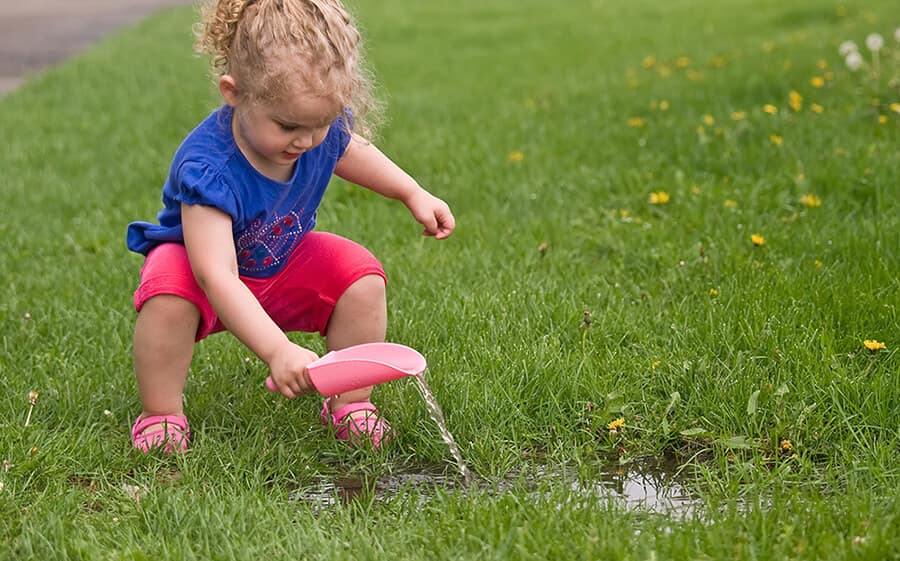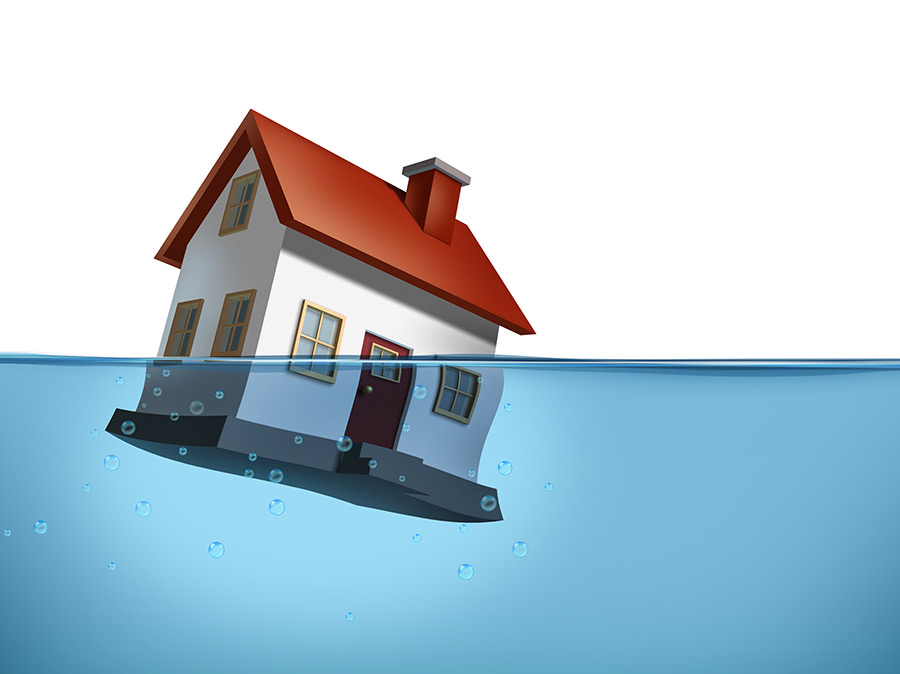Pinpoint Six of The Principal Reasons for Leak Issues in Your Residence
Pinpoint Six of The Principal Reasons for Leak Issues in Your Residence
Blog Article
How do you actually feel about Most Common Causes of Leaky Pipes?

Leaks not only trigger waste of water however can additionally cause unnecessary damage to your residence and also promote unwanted natural growth. By looking and understanding for daily situations that create leaks, you can safeguard your home from future leakages and unnecessary damage.
Encroaching roots
A lot of water leakages begin outside your house as opposed to inside it. If you observe a sudden decline in water stress, state in your tap, take some time to head out and also analyze your backyard. You may observe damp patches or sinkholes in your lawn, and that may mean that tree origins are invading water lines causing water to seep out. You can have your plumber look for intrusion, particularly if you have trees or bushes near your building.
Corroded water supply
As time passes by, your plumbing system ages and rust such as rust may start eating away the pipelines. This may be the source of discoloration or bending on your water pipes. This requires an inspection with your plumber promptly. If our plumbing system is old, think about changing the pipelines considering that they are at a greater danger of corrosion than the more recent models.
Malfunctioning Pipeline Joints
Pipe joints can degrade over time, resulting in water leaks. If you have noisy pipelines that make ticking or banging sounds, specifically when the warm water is turned on, your pipeline joints are probably under a whole lot of stress.
Instant temperature level changes.
Severe temperature level changes in our pipes can create them to broaden and also contract all of a sudden. This expansion and contraction may trigger fractures in the pipes, particularly if the temperature level are listed below cold.
Poor Water Connectors
Sometimes, a leakage can be triggered by loose hoses and pipelines that provide your home appliances. Usually, changing is what triggers the loose water Links. You may find when it comes to a washing equipment, a tube may spring a leakage as a result of drinking during the spin cycle. In case of a water links leak, you might notice water running directly from the supply line or puddles around your appliances.
Clogged Drains
Blocked drains pipes could be aggravating and inconveniencing, however they can often wind up creating an overflow leading to burst pipes. Keep removing any materials that may go down your drains that could obstruct them to stay clear of such inconveniences.
All the above are causes of leaks yet not all water leakages result from plumbing leaks; some leakages could come from roof covering leaks. All leakages should be fixed immediately to avoid water damages.
Leaks not just create waste of water yet can additionally create unneeded damages to your house and promote undesirable natural development. By recognizing and looking for everyday situations that create leakages, you can secure your residence from future leaks as well as unneeded damage. Today, we will look at 6 leakage causes that may be triggering your pipelines to drip.
At times, a leak can be triggered by loosened tubes and pipes that supply your home appliances. In situation of a water links leakage, you might see water running straight from the supply line or pools around your devices.
How To Check For Water Leak In Your Home
How To Check for Leaks
The average household's leaks can account for nearly 10,000 gallons of water wasted every year and ten percent of homes have leaks that waste 90 gallons or more per day. Common types of leaks found in the home are worn toilet flappers, dripping faucets, and other leaking valves. These types of leaks are often easy to fix, requiring only a few tools and hardware that can pay for themselves in water savings. Fixing easily corrected household water leaks can save homeowners about 10 percent on their water bills.
To check for leaks in your home, you first need to determine whether you're wasting water and then identify the source of the leak. Here are some tips for finding leaks:
Take a look at your water usage during a colder month, such as January or February. If a family of four exceeds 12,000 gallons per month, there are serious leaks.
Check your water meter before and after a two-hour period when no water is being used. If the meter changes at all, you probably have a leak.
Identify toilet leaks by placing a drop of food coloring in the toilet tank. If any color shows up in the bowl after 10 minutes, you have a leak. (Be sure to flush immediately after the experiment to avoid staining the tank.)
Examine faucet gaskets and pipe fittings for any water on the outside of the pipe to check for surface leaks.
Undetected water leaks can happen without the home or business owner even realizing. If you suspect a water leak, but not able to find the source. It is time to contact a professional water leak detection service, The Leak Doctor.
How To Find a Water Leak In Your Home
https://www.leakdoctor.com/blog/How-To-Check-For-Water-Leak-In-Your-Home_AE197.html

I was made aware of that article on Common Water Leaks In House from someone on a different web blog. Do you know about anybody else who is fascinated with the subject? Feel free to share it. Thank you for taking the time to read it.
We're the solution! Report this page